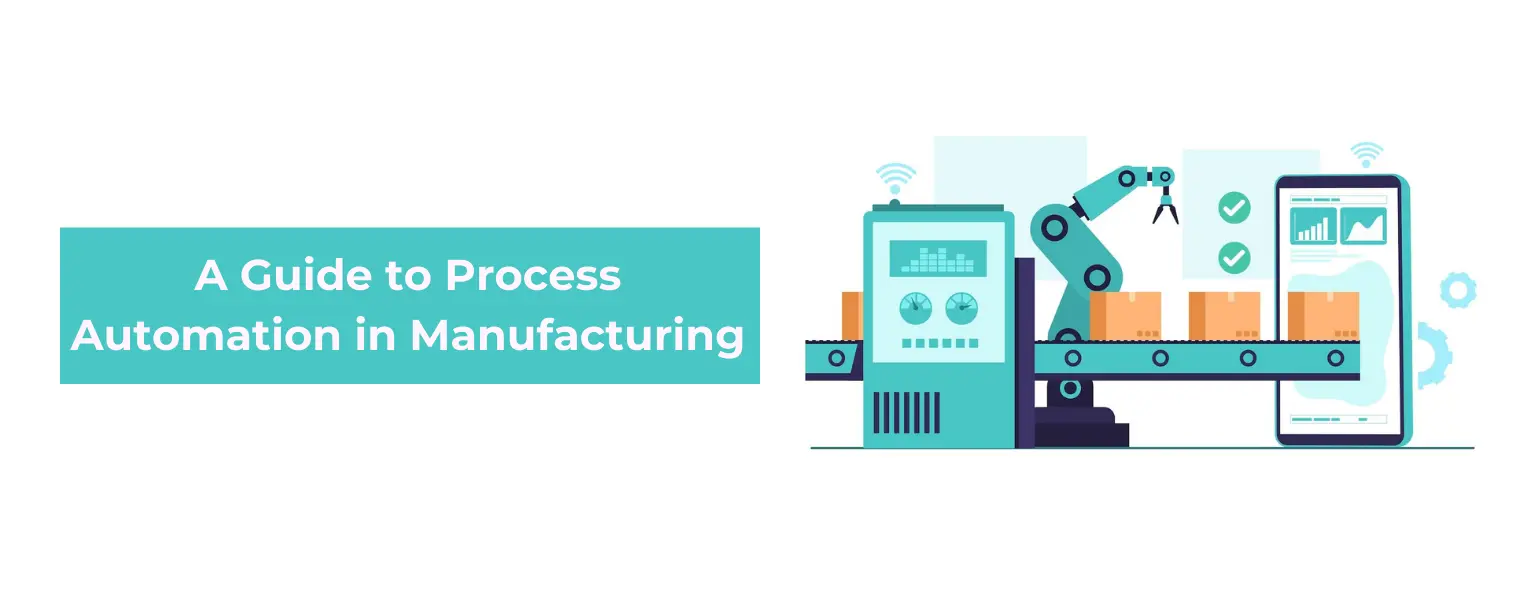
Depending on the equipment, systems, and processes in place, different manufacturers define "automation" differently. However, many businesses only automate a portion of their processes, leaving others disconnected or with manual processes in place.
Part of the explanation can be found in the equipment used by manufacturers. They simply use OEM equipment with partial or complete automation for machine-specific data, even printing thermal printouts to manually add to spreadsheets. The equipment is never linked to other systems or enterprise-level software, such as an ERP system.
Companies also have a tendency to use multiple software platforms that are not linked. This software may benefit one department, but because of the lack of interoperability, data silos have been digitised with no benefit outside of the area where the software was established.
True automation can be realised only when all machine assets and software systems are brought together in a single version of truth under one standardised umbrella. When this occurs, the data is cleansed and organised for use by cloud-based analytics. Here are the advantage of process automation in manufacturing.
Standardized and unsiloed data is usable by all systems and software. Analytics insights can be used to automate tasks across the enterprise.
Real-time data eliminates information gaps caused by manual data entry and reconciling reports from disparate systems.
Highly effective cloud-based analytics provide actionable insights that enable businesses to control processes at a more granular level. This analysis delves deeper to uncover trends that human analysis would have missed, implying that process optimization is more precise and tighter.
Traditional automation frequently necessitates programming by IT teams or engineers. PLCs and other control devices on the floor had to be programmed using the manufacturer's proprietary protocols. Because of low or no-code programming, a smart manufacturing platform can now be quickly and easily customised and configured to automate processes specific to each manufacturer.
Smart manufacturing platforms communicate and process information at the edge using advanced edge connectivity. This connectivity improves automation and control over all factory assets by reducing latency.
With the DoFort Manufacturing ERP, there’s no need to rely on partial process automation with fragmented systems that don’t communicate. The complexity and cost associated with automation systems have been replaced by flexible, agile software that drives process automation throughout a factory by leveraging a fully connected data platform.
Welcome to DoFort !